North Hollywood, CA
(818) 308 6292
San Antonio, TX
(210) 494 8282
North Hollywood, CA
(818) 308 6292
San Antonio, TX
(210) 494 8282
(818) 308 6292
(210) 494 8282
(818) 308 6292
(210) 494 8282
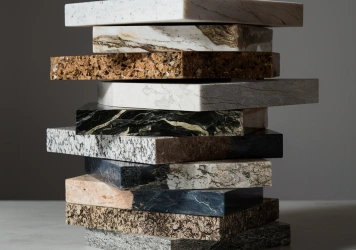

Polished stone remains a prevalent choice due to its timeless and sophisticated aesthetic. However, in recent years, alternative stone finishes have also become increasingly popular.
Choosing the right surface finish is as crucial as the material itself, as it influences the functionality of the surface. For example, a polished surface will reflect light, while a honed surface provides anti-slip properties. The finish also plays a significant role in protecting the stone and influencing its appearance after installation. Different finishes can either soften or intensify the color of the stone.
Let’s delve into some of the top choices available to you.
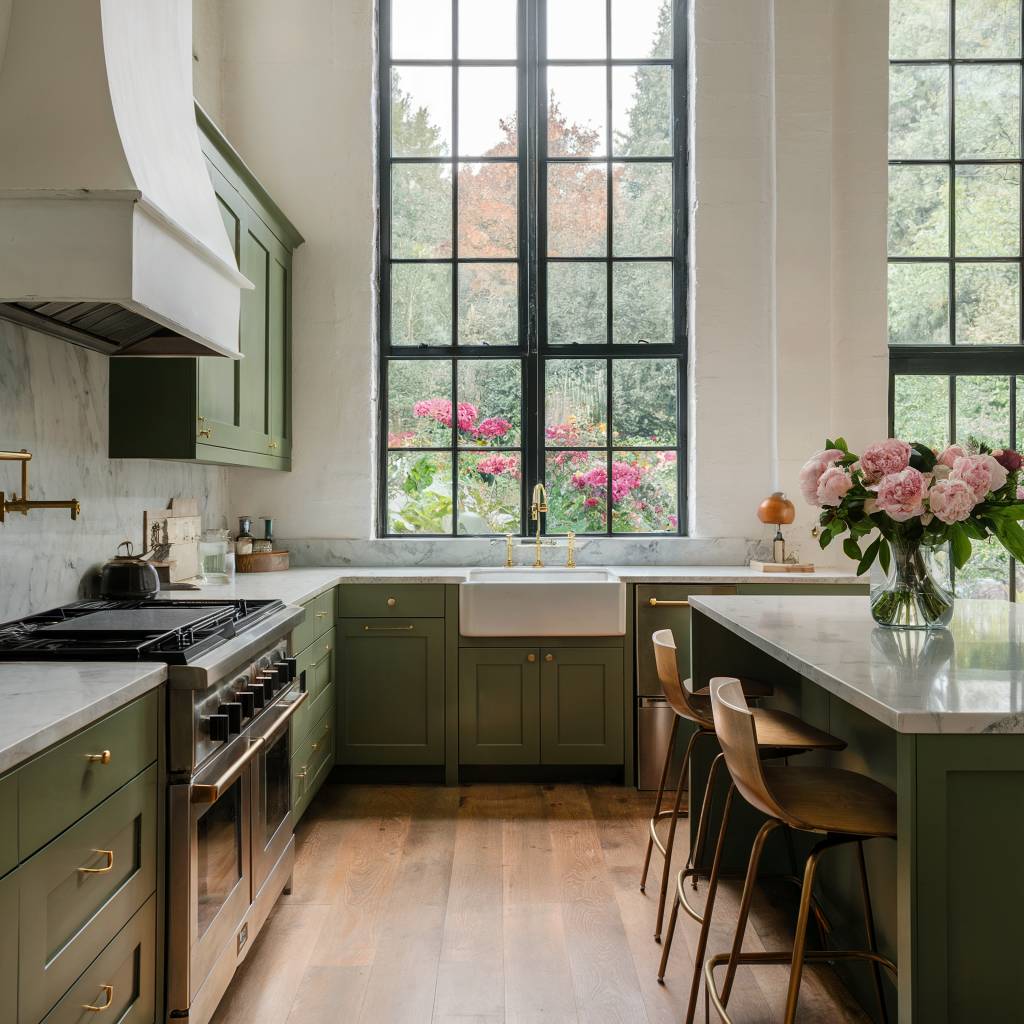
To achieve a polished finish, the stone undergoes sanding, grinding, and buffing to achieve a reflective, glossy finish, perfect for granite and marble.
Polished stone finishes are commonly used in kitchens and bathrooms as they enrich the stone’s appearance, are low-maintenance, and seal pores, making them appropriate for areas exposed to moisture. Polished stone remains a prevalent choice due to its timeless and sophisticated aesthetic. However, alternative stone finishes have also garnered increased popularity in recent years.
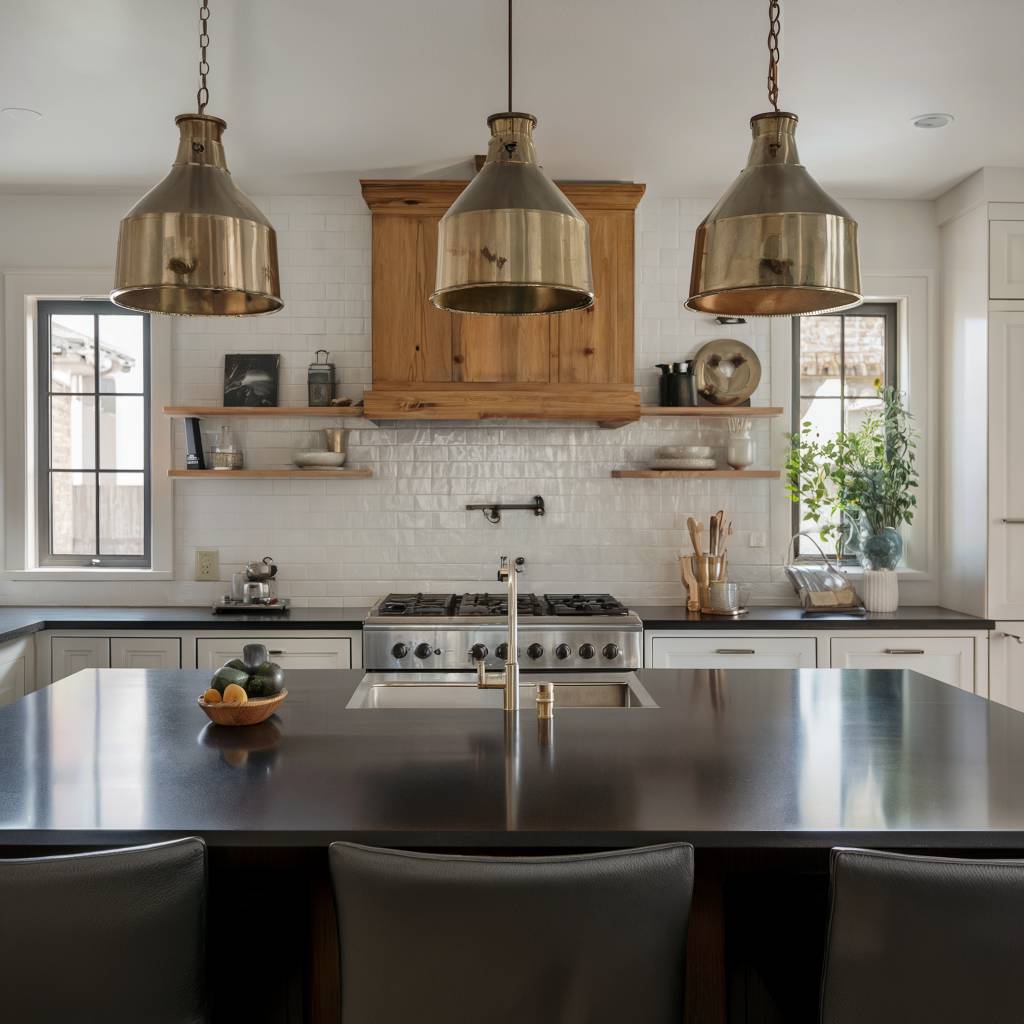
Achieving a leathered finish involves removing the stone’s polished surface and then using long-bristled brushes to grind the surface. When applied to natural stone countertops, it creates a textured look with small fissures and pits, resembling the appearance of leather. The texture varies among different stones, with some showing a more pronounced leather-like quality than others.
This finish exudes a welcoming and rustic charm. It provides a depth similar to a honed finish, offering a balance of sheen and texture that showcases the stone’s natural beauty without needing extensive maintenance to preserve its look. Unlike other finishes, this surface is resistant to scratches, stains, fingerprints, and smudges, although cleaning the fissures and pits may require extra effort.

Often denoted as a matte finish, the honed finish applied to natural stone countertops offers a smooth surface that lacks reflection or gloss. By polishing a polished surface, a relaxed appearance is achieved, exuding a rustic charm.
Unlike a polished finish, a honed finish may not showcase the grains, patterns, and textures of natural stone as effectively. Another advantage of a honed surface is that it offers anti-slip properties. However, if you prefer a more subdued look, opting for a honed finish is ideal. This finish does not make the surface slippery and can conceal imperfections better by reducing light reflection.

A flamed finish is accomplished by subjecting a natural stone countertop to high temperatures followed by rapid cooling. This process causes the grains to burst, often resulting in a color change. The outcome is a weathered look with a textured surface that provides excellent slip resistance.
The color typically appears muted, resembling charcoal or tan, making this finish ideal for outdoor kitchens. Minimal maintenance is required for the natural stone when not in use, aside from regular cleaning. This finish is recommended for sandstone and granite countertops as it helps unify color variations and conceals imperfections.

The Riverwash finish technique includes a high-pressure spray of water and sand aimed at the surface, which washes away softer minerals. This process creates a textured and uneven surface that remains smooth.
This finish is exceptionally distinctive and goes beyond a brushing method. It is achieved at a slower pace to form distinct gorges and canyons inspired by natural stone features. For optimal results, use marble slabs.
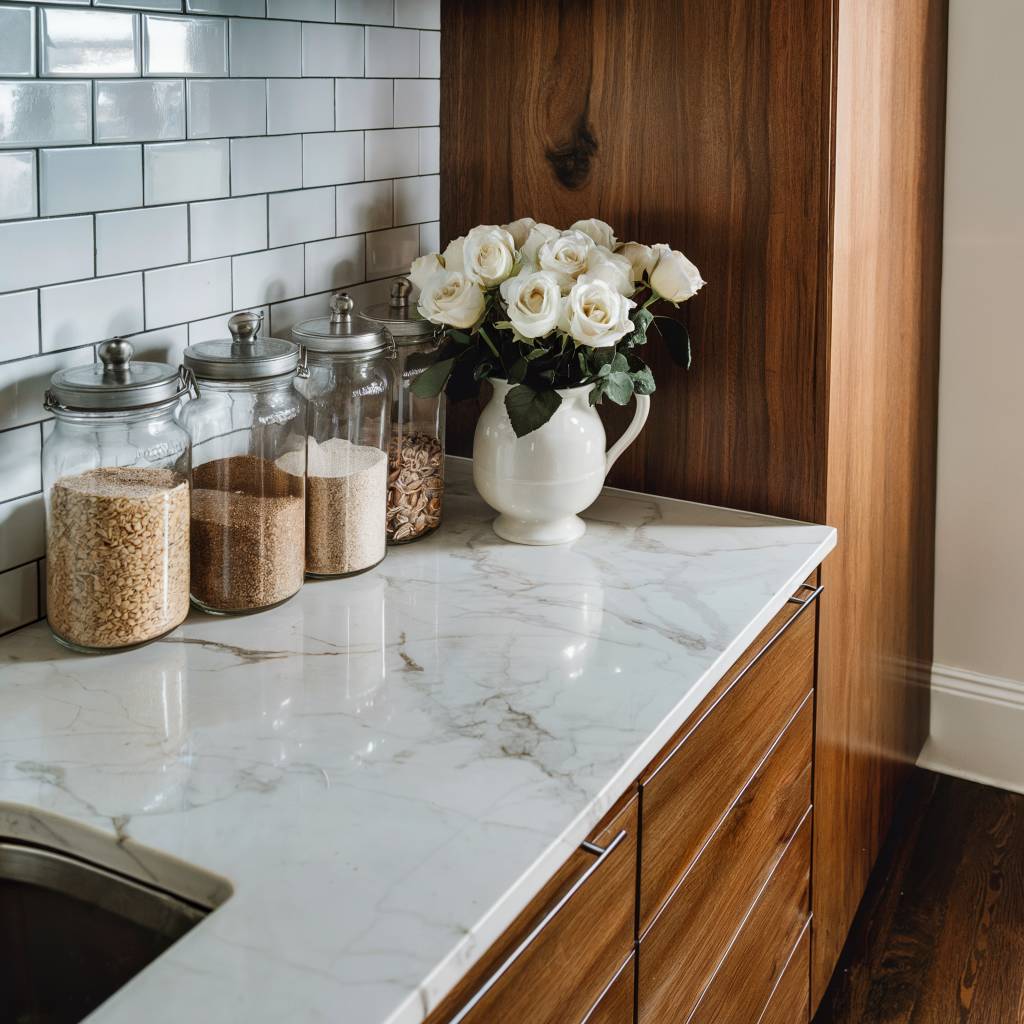
This type of finish offers a subtle sheen without the clarity found in a gloss or mirror finish, making it ideal for travertine surfaces. It strikes a pleasant balance between light reflectivity and color. Satin finishes are typically flat surfaces that lack a full mirror-like shine. They are commonly chosen for high-traffic areas that require a gentle sheen. Additionally, satin finishes are known for their ability to hide minor imperfections and scratches, which makes them a practical choice for busy households or commercial spaces.
When considering a satin finish for travertine, it’s important to keep in mind the maintenance requirements. Regular cleaning with a pH-neutral cleaner will help preserve the finish and keep the surface looking pristine.

To achieve a brushed finish, fabricators delicately brush the material’s surface to create texture. Similar to a honed finish, brushed countertops soften the material’s color, giving it a lighter appearance. A brushed finish typically lacks sheen and is suitable for outdoor use, providing some traction for wet or exposed surfaces.
While not recommended for kitchen and bathroom countertops due to its porosity, it can be used for a rustic look. Brushed finishes need regular sealing to prevent staining and require more cleaning due to dust and debris accumulating in the uneven surface.
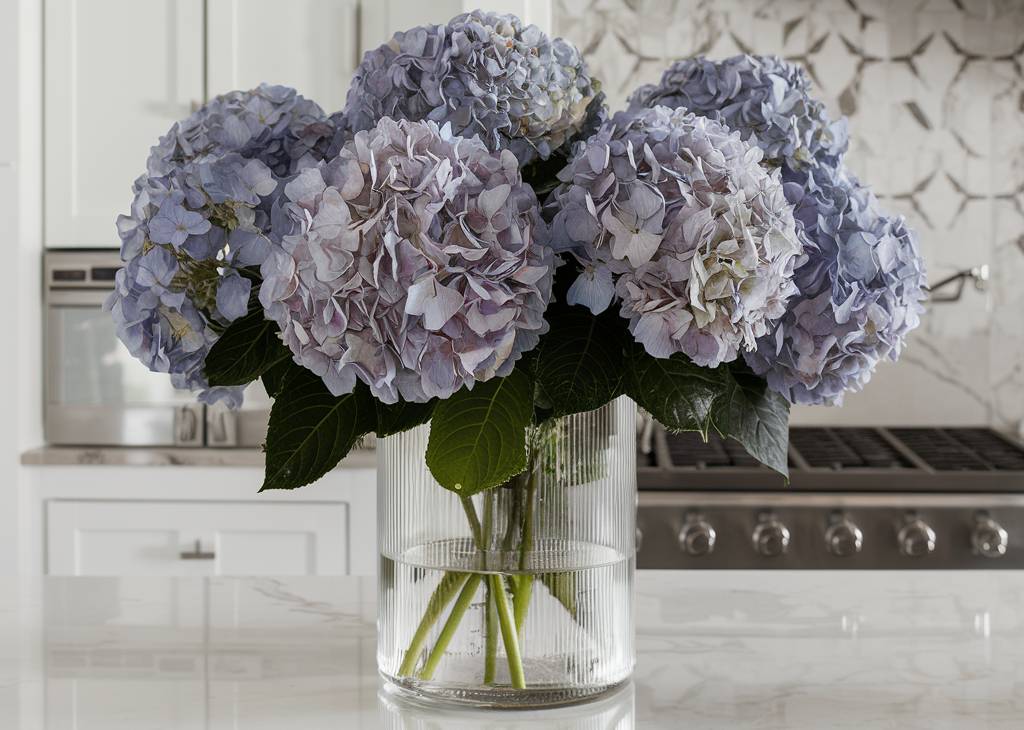
No machine can determine precisely when a piece of stone achieves the finishes we mentioned earlier. This is where the human touch, experience, and a sense of style play a crucial role – qualities that Elements Room has been honing over the years.
In addition to offering traditional finishes, we enjoy experimenting with natural stone that we source from all around the globe. Given its inherent beauty, we strive to add a unique touch to create sophisticated textures for surfaces, walls, and floors.